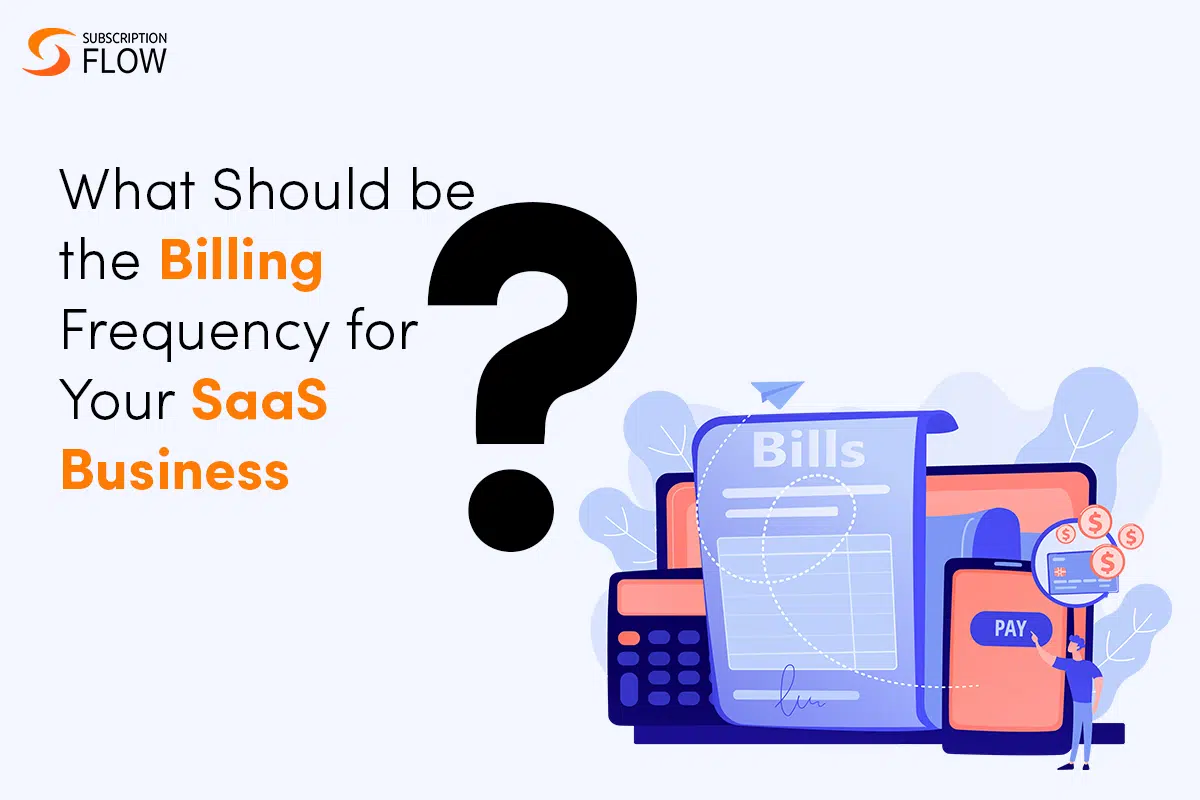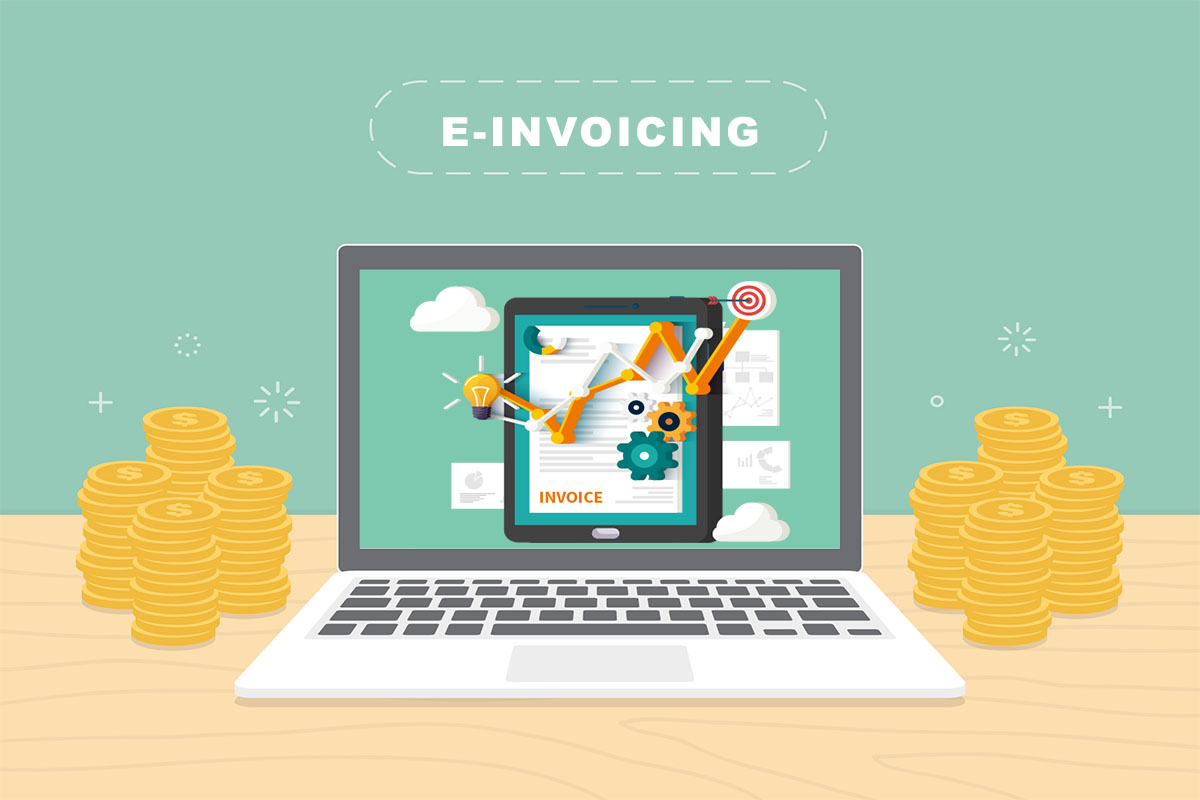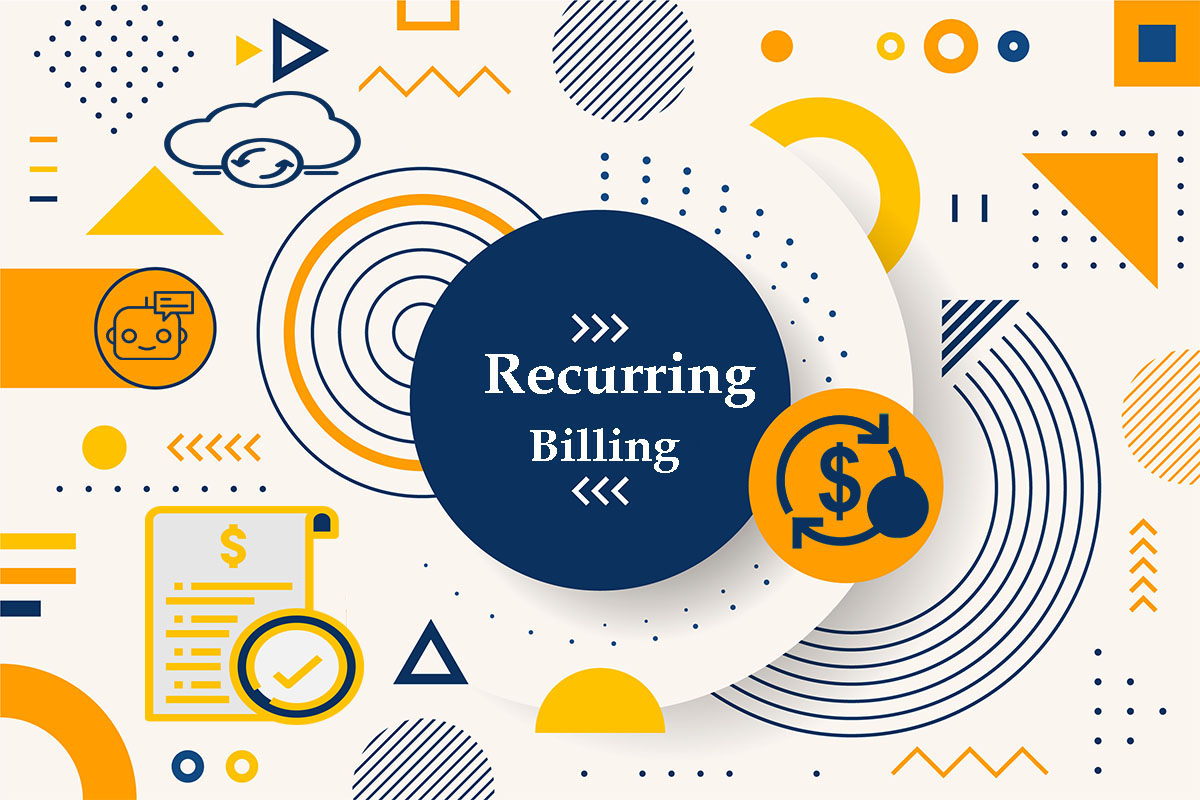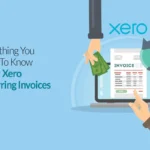
The Billing Frequency That Suits Your SaaS Subscription Business
Right billing is the key to a stable, predictable, and healthy bottom line, and that is the very reason it is a point of concern for all SaaS subscription businesses. From pricing strategy and billing frequency to customer retention and revenue management, all processes are of critical importance for subscription-based companies. All these can be addressed with a clear vision when the right billing frequency becomes functional for a SaaS business.
In the SaaS subscription business, a customer comes and makes a purchase, and billing happens, but it does not happen at all.
Instead, the customer comes, makes a purchase, gets billed, and then enters into another cycle when he comes again—that’s how the billing cycle works in the subscription business market. The number of times the customer is billed in a certain period of time can be defined as the billing frequency.
The billing cycle and billing frequency are equivalent.
Here are some of the most common types of billing frequencies for SaaS and subscription businesses:
- Annual Billing
- Monthly Billing
- Quarterly Billing
- Bi-Weekly Billing
- Weekly Billing
- Daily Billing
- Hourly Billing
- Custom Frequency Billing
So, in this blog, you will find the details about billing frequencies and the right billing frequency for your SaaS subscription business.
Also Read: How does Calendar Billing Lead to Maximized Revenue and Streamlined Operations in SaaS?
Annual Billing
Annual billing frequency means the customer is charged after every year. Today, this billing frequency is becoming popular among all sizes of subscription-based companies. Why? Because annual billing bound the customer for a long time. It makes customers liable to stay on board for at least a year.
And as long as the customers stay on board the lifetime value (CLV) will improve. However, some clients complain that with time, they forget about their subscriptions or their usability falls. To address this issue, the subscription billing cycle can be managed from the automated cloud-based subscription handling software. The software will keep notifying the customers having annual subscriptions about the add-ons so that the customer will stay in touch with you.
Also, your branding should not only target new customers but also improve the image of your brand for the existing customers should also be the target of your branding activities.
For instance, brands like Pepsi or Coca-Cola keep working on creative advertisements for their brands through their brand name is already strengthened. This persistent marketing attracts new customers as well as it keeps improving and strengthening the name of the brand.
Just like this annual billing, planned marketing, and communication with the customer will benefit your SaaS subscription business as nothing else can.
Monthly Billing
Monthly billing frequency is loved by the customers because the subscribers are familiar with it for a long time. For instance, magazines, newspapers, school fees, university semesters, daily need for dairy products, electricity, home maid services, and even garbage disposal services are all billed mostly on monthly subscriptions. You see, we purchase products and services of daily needs where we are all billed on monthly basis.
So, this subscription billing cycle is popular with customers. Sometimes, customers who are not that educated opt for this billing model just because they have familiarity with monthly billing frequency (despite annual or quarterly billing would probably be more advantageous).
Subscription businesses sometimes find it challenging to deal with the customer churn rate when they opt for monthly billing. But if you manage this subscription billing frequency from a subscription handling platform that offers analytics, then you can even keep the customer churn rate in check.
Also Read: Five Solutions A Recurring Billing Software Offers to Resolve Startup Snags
Quarterly Billing
Quarterly billing can be of different types. Some businesses take it as a quarter of a month, however, some consider it the quarter of a year. It depends on the business needs. For instance, magazines or journals offer a package of their editions for the quarter of a year. On the other hand, magazines, newspapers, and periodicals also offer weekly subscription plans. But weekly subscriptions would probably not be feasible for SaaS businesses like Dropbox etc where they offer data storage.
Biweekly Billing
Depending on the needs of a SaaS business, sometimes, companies need to charge customers comparatively frequently and keep the billing cycle short. In that case, bi-weekly billing frequency suits their need.
Weekly Billing
When it comes to billing frequencies, weekly billing is also appreciated by both SaaS subscription businesses and the end customers. Just like monthly billing frequency, customers have good familiarity with weekly billing.
Daily Billing
Like hourly billing, daily billing is for those specific businesses whose services or products can fulfil the needs of customers and satisfy them as well. Here, the billing cycle ends quite early.
You need to understand a simple relation between the duration of the billing cycle, billing frequency, and the customer churn rate.
Hourly Billing
Again, the business needs of some SaaS companies are such that they need to bill their customers on an hourly basis. For instance, at present, hourly internet and call packages that different telecommunication companies offer are all examples of businesses that need to charge customers on an hourly basis.
Here, the business niche matters the most. Telecommunication companies can afford to offer hourly subscriptions but this billing frequency does not serve the needs of magazine or newspaper agencies. They can never satisfy their subscribers by offering hourly subscriptions even for the electronic versions of their newspapers or magazines.
The shorter is the billing cycle, the more will be the billing frequency and the customer churn rate.
So, with shorter billing cycles, businesses can cater to several customers, but sometimes churn can be a bit unmanageable.
Custom Billing
At present, in the subscription business market, you cannot satisfy all your customers with one billing frequency. Billing frequency should also be part of the customer satisfaction strategy. And you need to mix and match different billing frequencies to retain customers. You have to make sure that you are letting your customers pay when they want and what they want.
Factors Affecting the Billing Frequency
Now that you know various types of billing frequencies, it is time to discuss some of the factors that affect the billing frequency so that you will be able to choose the billing frequency for your business.
Recurring Revenue
In the beginning, we mentioned the billing is linked directly with the recurring revenue. Subscriptions-based companies that opt for short billing cycles and more billing frequencies like in the case of daily billing or hourly billing, the flow of revenue increases. However, the revenue remains somewhat unpredictable. So, when you opt for more billing frequency, the recurring revenue needs to be monitored regularly.
Targeted Market
Yes, people whom you need to bill are to be considered when you are choosing the billing frequency option for SaaS business. Also, the product value and the nature of the product will help you decide the behaviour of the market that you are targeting. If your product value is good, and you have divided your product or services into the units rightly, then your billing frequency (when managed from a reliable subscription billing platform) will surely help you earn the targeted revenue.
Also Read: Subscription-Based Business Model Explained-Proliferate Revenue Opportunities with Recurring Billing
Conclusion
We are hoping that now you will be able to choose the right billing model and billing frequency for your SaaS subscription business. Billing frequency is an interlinked factor with pricing plan, billing model, and customer satisfaction that affects the revenue. Whenever you decide on the billing frequency, considering all other factors, your target should remain the flow of the revenue. If there are any other ambiguities, you can contact us at any time.










